
Omega Solutions
Behaviour Strategies and Training
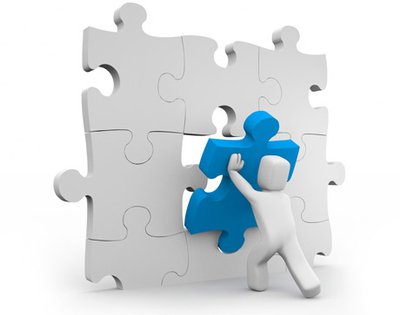
Omega,
Sidsaph Hill,
Walkeringham,
DN10 4HP
Tel. 07540 707356 (Kevin) Email: khayes@omegasolutions.co.uk
07968 423795 (Julie) Email: sensory@omegasolutions.co.uk
Parents and Carers
Many of us are ill-prepared for the dramatic change that the birth of a first child brings. Some parents have advice and support overflowing, with strong family networks and extended friendship groups. Others may be facing this new world on their own. Yes, there are professionals involved with everyone, but with the demands on these services and time of midwives, nurses, health visitors and others it pales in comparison.
Being a parent could be considered as the most demanding, unpaid job in the world, with a lifelong contract of employment. Not only is it unpaid it places a huge financial commitment on the family and is a position we take without training or qualification.
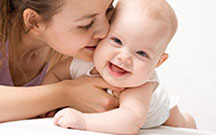

There will be good times . . . . . .
. . . . . . and times that are not so good.
Most of what is written here borrows heavily from Attachment Theory and the Biopsychosocial model of child (and adult) development, which have made so much sense to me.
In the text I will use the term Mother in relation to the caring adult, simply because for the most part it is normally the Mother who deals with primary care but it could equally be the Father or other caregiver, and I did not want to keep switching gender, which might confuse readers (and me!).
May I suggest that you read the introduction to Attachment Theory here and an overview of the Biopsychpsocial model here, if you haven't already done so.
The first 3 years of a baby's life are the most critical in terms of all aspects of their growth and development.
Baby Brains
Brain development begins within a week of conception and is built from the bottom up - that is the most primitive, yet essential, parts are formed first. A baby's brain at 35 weeks only weighs about 2/3 of what it will weigh at 39 to 40 weeks.
The brain stem, shaped like a widening stalk, connects the spinal cord to the upper brain. It controls reflexes and involuntary processes like breathing and heart rate.
Behind the brain stem and below the upper brain is the cerebellum, which is involved in balance and coordination.
The cerebrum, the largest part of the brain, sits above the brain stem and cerebellum and has several different lobes. This is the area most involved in higher processes like memory and learning. The cerebrum’s outer surface is called the cerebral cortex. Although less than 6mm thick (in adulthood), it is where the brain’s most advanced activities, such as planning and decision-making take place.
At birth the baby's brain has around 100 billion neurons, or brain cells. Many of those will have been organised and inter-connected to perform specific functions.
However, many more connections will be made, re-made and strengthened over the coming months in the outer layer of the brain and will be heavily influenced by interactions with the environment and adults around them.
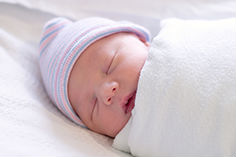
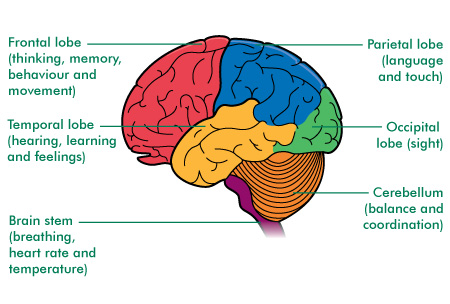

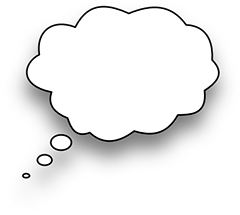
But I'm a parent not a brain surgeon - what does all this have to do with me?
A newborn baby can recognise human faces, which they prefer over other objects, and can discriminate between happy and sad expressions.
A newborn baby will stick out its tongue in response to an adult sticking out their tongue to the baby and will smile in response to being smiled at.
For more information of this follow the Mirror Neurons link.
These can be viewed as part of our need to interact with others.
Answer
Everything!! You don't need lots of scientific knowledge but knowing Why? might make How? more do-able!
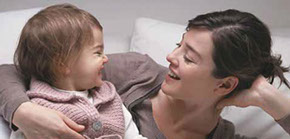
Serve and Return
When an infant or young child babbles, gestures, or cries, and an adult responds appropriately with eye contact, words, or a hug, neural connections are built and strengthened in the child’s brain that support the development of communication and social skills. Much like a game of tennis or volleyball, this back-and-forth is both fun and capacity-building. When caregivers are sensitive and responsive to a young child’s signals and needs, they provide an environment rich in serve and return experiences.
Because responsive relationships are both expected and essential, their absence is a serious threat to a child's development and well-being. Healthy brain architecture depends on a sturdy foundation built by appropriate input from a child’s senses and stable, responsive relationships with caring adults. If an adult’s responses to a child are unreliable, inappropriate, or simply absent, the developing structures of the brain may be disrupted, and subsequent physical, mental, and emotional health may be impaired. The persistent absence of serve and return interaction acts as a "double whammy" for healthy development: not only does the brain not receive the positive stimulation it needs, but the body’s stress response is activated, flooding the developing brain with potentially harmful stress hormones.
These interactions can be quite simple; baby cries - carer responds - baby calms. How long this process takes depends upon the nature of the initial need and how attuned the parent is to the need.
Have a look at this video clip of The Still Face Experiment (opens new page) which was part of research carried out by Edward Tronick, Professor of Psychology at the University of Massachusetts, Boston in order to to show that babies are profoundly affected by their parents' emotional states and behaviour. I think it is quite remarkable how quickly the little girl goes from happy to distressed, simply by being 'blanked' by her Mum.
For a more detailed exploration of stress click the red button.

Copyright © Kevin & Julie Hayes 2021